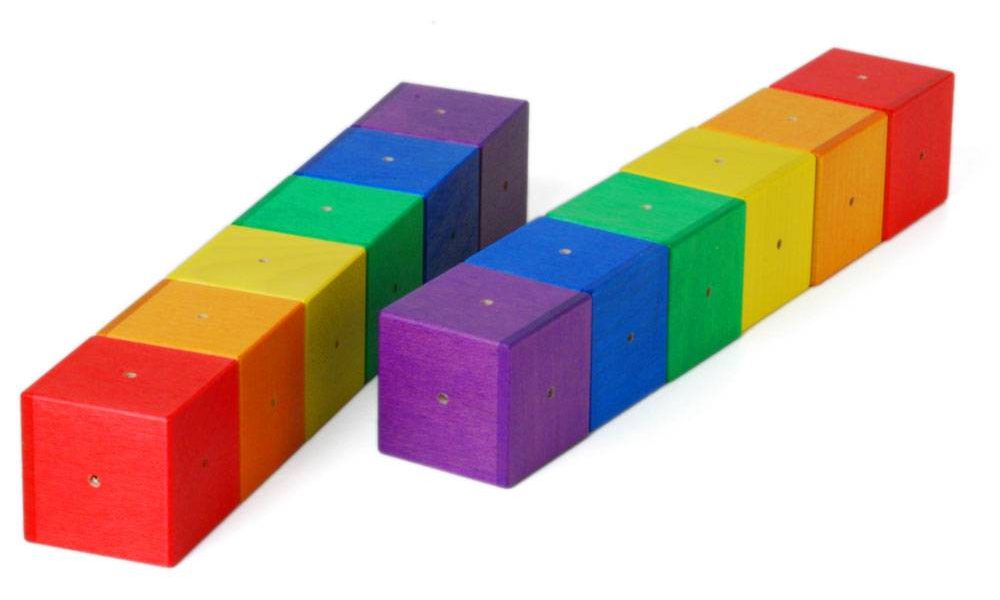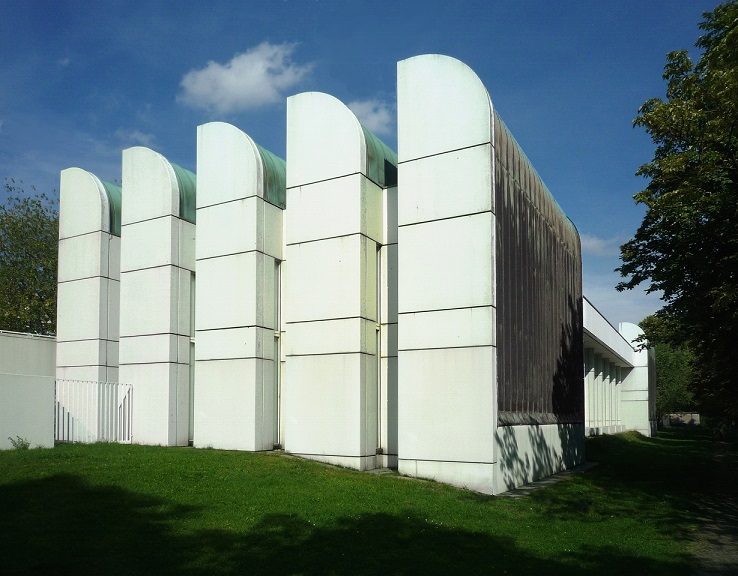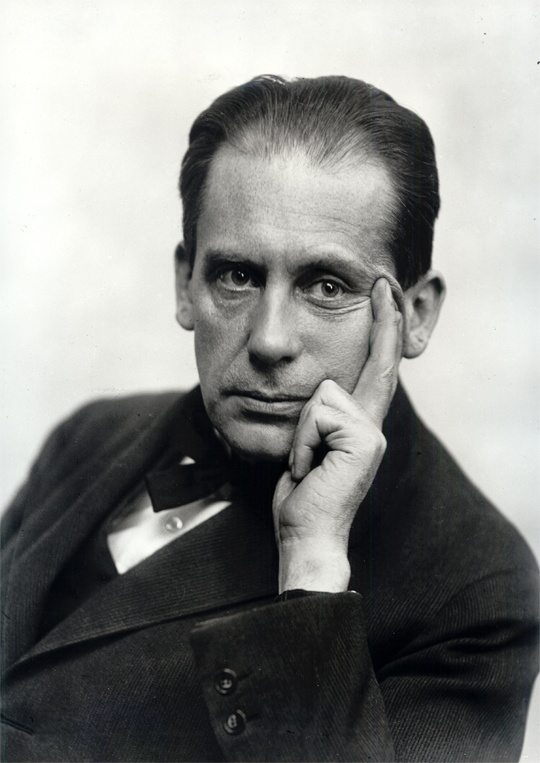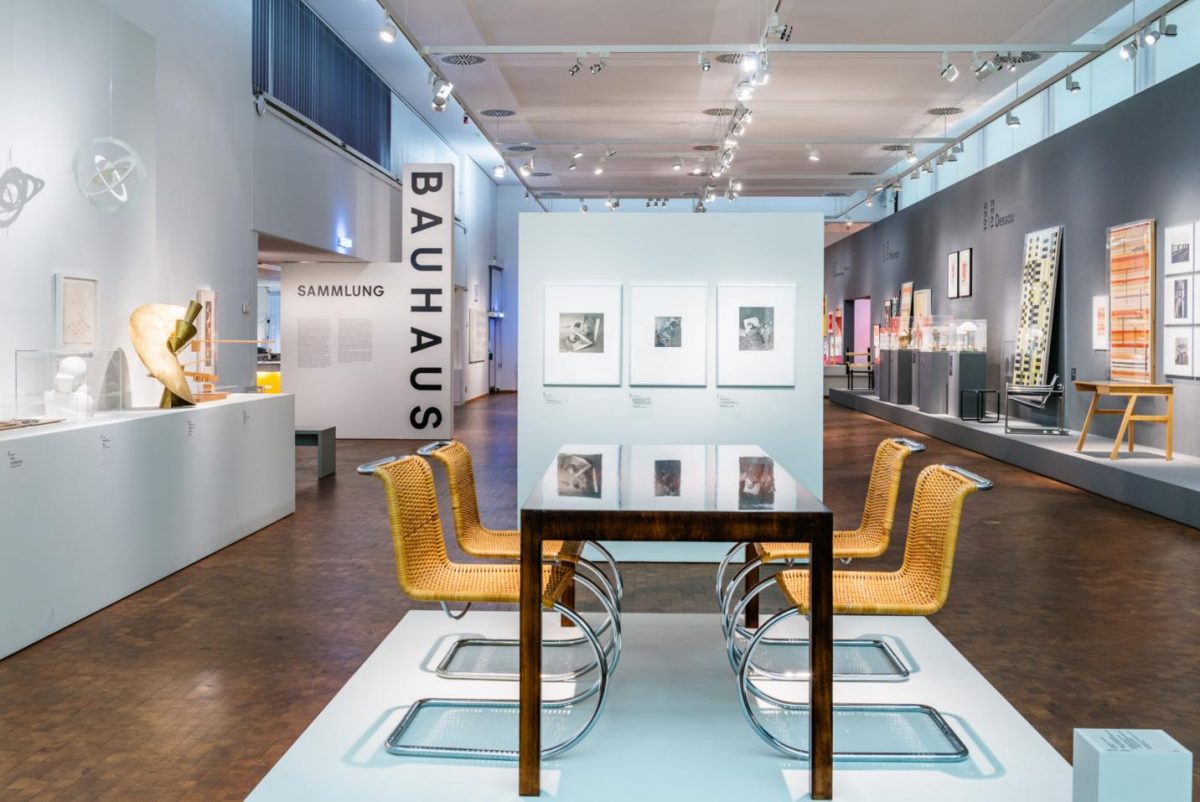This collection documents the history of Bauhaus, one of the most influential schools of architecture, design, and art of the 20th century. The collection includes teaching materials, workshop models, architectural plans and models, photographs, documents and a library.
A building block game that conforms to the premises of the Bauhaus
An introduction to the world of shapes, colours and sounds.

A child from 1 year can use these cubes to make first experiences in stacking with a basic form. 12 cube blocks ring and rattle, with the same sound for each pair of the same colour. These 4cm cubes are stored in a soft cotton sack.
Strong rainbow colours from yellow to blue help with the assignment the same sound to each colour. The game is designed to give pleasure and fulfill a didactic purpose.

The Bauhaus Archive was founded in Darmstadt in 1960. Walter Gropius and other members of the Bauhaus movement gave their support. The collection grew so quickly that a dedicated museum seemed attractive and Gropius was asked to design it. In 1964, he produced plans for a new museum in Darmstadt.
The Senate of Berlin was ready to supply both space and money for the project. In 1971 the Bauhaus Archive moved to temporary accommodation in Berlin. After modifying the plans for the location beside the Landwehrkanal, the foundation stone was laid in 1976 and the building was ready by 1979.

Walter Adolph Georg Gropius (18 May 1883 – 5 July 1969) was a German architect and founder of the Bauhaus School. Along with Ludwig Mies van der Rohe, Le Corbusier and Frank Lloyd Wright, Walter Gropius is widely regarded as one of the pioneering masters of modernist architecture.
